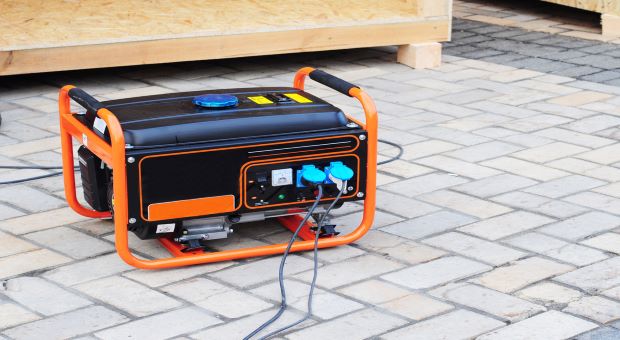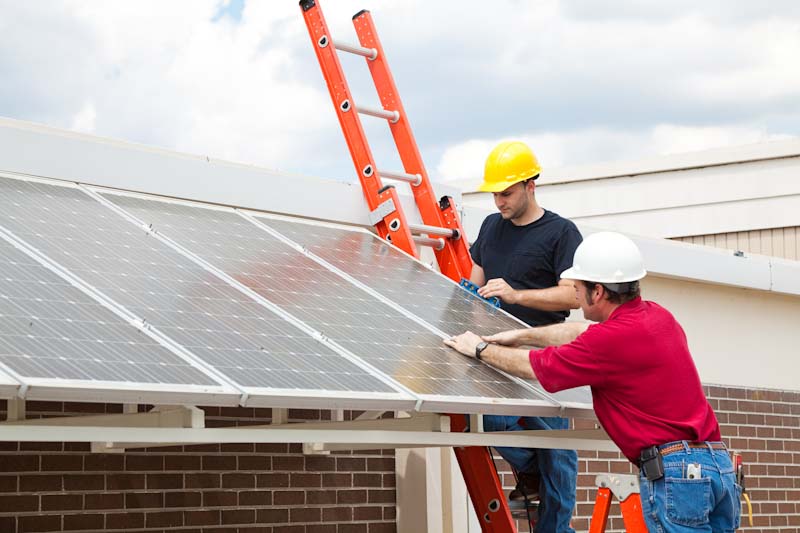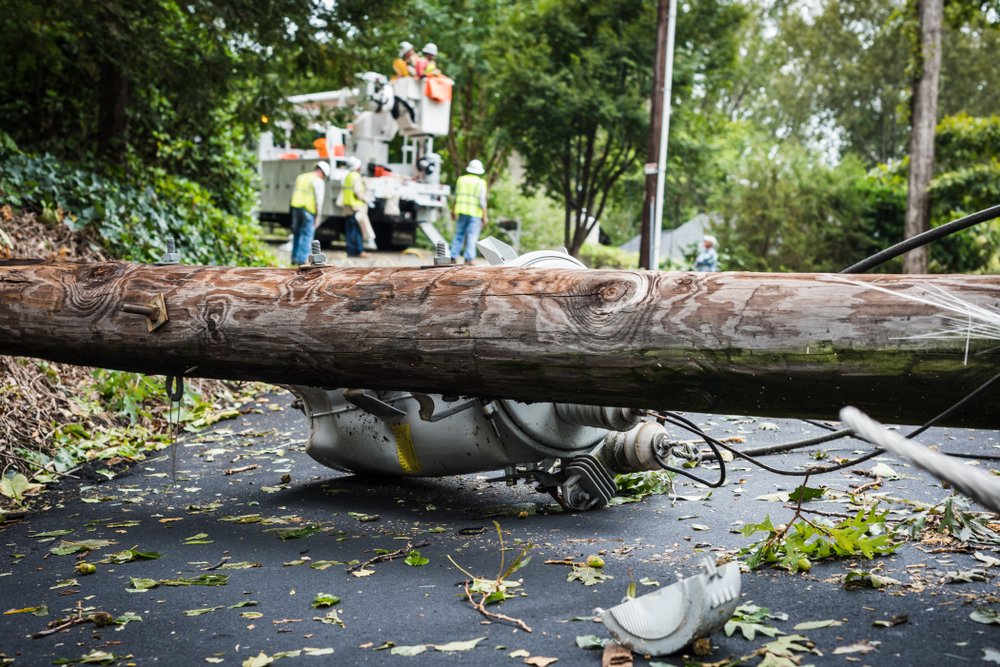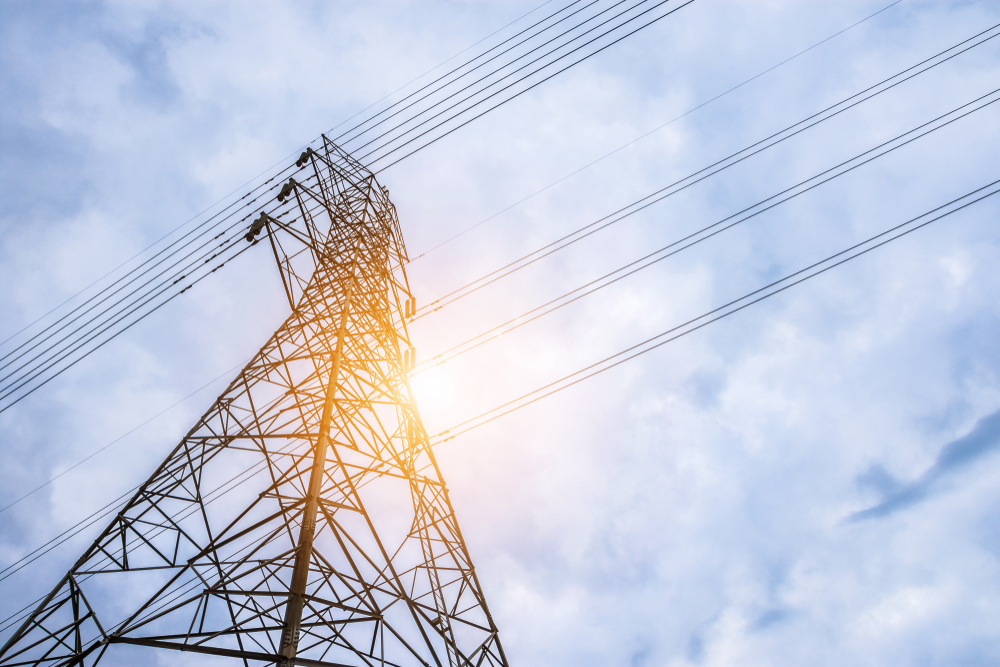In the world of preppers, OPSEC aka operation security, is a commonly used word.
The first rule of OPSEC is that you don’t talk about your stash! The same goes for the second rule and the third rule! Loose lips can sink ships and the whole nine yards, you know the drill! Yeah, I wrote that back in the day in an article dedicated to OPSEC issues. Just go and read it, it’s important intel there.
Now, today’s article is aimed at helping preppers reading Survivopedia.com to improve their OPSEC rating by making their generator quieter. That’s a big issue if you come to think about it.
First, having a generator available, ready and willing (as in working) in a SHTF situation is like winning the lottery. Or winning at life. Yet, a working generator comes with advantages and disadvantages, like everything in life. The good thing is that you’ll have power going, unlike almost everybody else who’s not a prepper. Here, it’s your win. On the other side, being the only house in “the hood” with shiny lights on would definitely attract an undesirable amount of attention from envious eyes.
What about the Noise?
Without power, everything is dead-quiet in the city.
I’ve noticed that during power outages. Yet, a generator is rather noisy, and the noise of a running power-generator is unmistakable, not to mention the fact that you can hear it from hundreds of yards. That would most definitely guarantee you’ll be paid a little visit from your friendly or not so friendly neighbor. If you’re on the side of “open borders” and “immigrants welcome” policies, you probably don’t mind sharing your food stockpile and everything else with people you don’t know, right? Especially in a SHTF situation. By the way, that’s the leftist mindset for you in a nutshell, except from the fact these people have no idea what I am talking about, as in they were never in a crisis situation, and they don’t realize that when SHTF, it’s every man for himself.
Moving along with our story, yes, generators are awesome, and yes, it would be advisable to keep yours as quiet as technically possible, especially if you’re the only one in the area who owns one. With regard to generators, they are usually built for civilized times, when a little bit of sound presents no significant problems. Like any combustion engine, generators come with mufflers attached. If you’re lucky enough to own a popular generator, you may actually find aftermarket mufflers for your baby. As the general rule of thumb, an aftermarket muffler for a generator is the opposite of an aftermarket muffler for a car, as in it quietens it. Joke aside, a quality aftermarket muffler can work miracles in terms of making your generator quieter. That would be the first idea for my readers, go and buy an aftermarket muffler for your generator.
Another idea to mitigate a buzzing power-generator is the soundproof box. There are 2 issues that come into play here: how much money you are ready to spend, and how good you are at DIY stuff. As in, you can build your own soundproof box, or you can go buy one already made. The worst part about the second option is that soundproof boxes tend to be rather expensive, yet expensive is a word that must be put into context with regard to one’s financial means.
But I am digressing. So, if you can afford a soundproof box, just go and buy it, and let’s get it over with.
The other scenario involves DIY work or a bit of luck, i.e. you may have a wooden box, laying around somewhere on your property, with the exact dimensions to fit your generator. In this case, you’ve won the lottery of life the second time. If not, you’ll have to build it. Don’t worry, it’s not very hard, and here’s a short list with the stuff required: measuring tape, right angle ruler, paper and pencil, mass loaded vinyl, a saw, medium density fiberboard, foam mats, glue, acoustic caulk, nails, screws, ventilation duct, vents, screwdriver, hammer, and a bottle of Jim Beam black. Some cigars would also be cool, during your breaks.
The best thing about Jim Beam and cigars is that you can enjoy them while watching the video. Hence, it’s a win-win situation.
The short story goes like this: first you measure your generator, in order to determine the dimensions of the soundproof-box, and remember to think thrice and cut once, maybe twice. I mean, pay attention, okay? Then, you’ll have to cut the box out from your fiberboard of MDF. Using MDF is not mandatory, but it’s a great material for soundproofing incidentally, and it’s not expensive.
Then you’ll have to set up vent-holes, to fit your ventilation duct dimensions and all that. In the next step, you’ll use the “layers is everything in soundproofing” philosophy, i.e. if you want to do a good soundproofing job, you’ll have to use multiple layers of insulation, as in layers of material doubled by layers of air/free space. The loaded vinyl is the first insulation layer, and must be cut to fit the box, then glued into place etc. Then comes the caulking job, for the first layer of insulation. Then, the foam mat must be glued on the walls and ceiling of the box, that if you want to do a proper job.
In case you were wondering, the whole thing with layers of material and air when it comes to soundproofing is similar to the concept of putting multiple layers of clothes when it’s cold outside.
Finally, you must put the box together, attaching the ceiling and the walls one to another. Yes, with screws and nails, obviously. Then, you’ll install the vent duct, and that would be all. Here’s another video tutorial to give you some more hints and ideas:
Besides the soundproof-box, there are other tips and tricks for soundproofing your buzzing generator, more or less. First, you can install rubber legs, the exact-same ones used to prevent furniture from slipping. The idea is, any little amount of “soundproofing” matters in a SHTF situation, if you know what I mean. Moreover, since everything in life is location, the same goes for where your buzzing generator is placed. Always remember this idea: never place your power-gen on a surface which may amplify the already-nasty sound that it makes. Another no-no procedure is placing a generator on a shaky area.
Keep in mind that latest-gen power-generators are, generally speaking, quieter than older ones. And maybe not as reliable, but that’s another story, which has its origins in our companies offshoring production in China and Pakistan. Bottom line, newer generations (inverter generators and all that fancy stuff) are quieter by default, and they’re also more efficient. Here’s a cool video on making a generator quieter.
Another trick is to connect the exhaust pipe of the generator to a hose immersed in a bucket of water. Yes, it sounds ridiculous, but it really works.
My final advice would be this: if noise is your primary concern, try to purchase a generator that it’s already designed to run quietly (an ultra-quiet piece of gear that is). This would make your life much easier, and you’ll also end up much better in the end, as in you’ll live to tell the story after SHTF.
I hope the article helped. If you have ideas, comments or suggestions on how to make a generator quieter, things I’ve failed to mention in my piece, by all means, don’t hesitate to enlighten me by using the dedicated section below.










Johnson Waite | December 15, 2019
|
remember that the generator needs air and a way for heat to escape. If the box is too tight the generator will overheat and burnup. How do I know this… Well many years ago we installed a motor generator to provide sine wave power to our computers. the guy who ran the maintenance part of the business was upset at the noise the motor generator made. He had a box build to surround the motor generator. It was a thing of beauty. they installed it with foam on the inside to reduce the noise. he motor generator lasted about 8 hours before it blew up. there was no way for the heat generated to escape the box…
Mike | December 15, 2019
|
You will need to be concerned about heat build up. You confine a generator too much it will get hot and vapor lock the fuel line. Also they are usually air cooled and will be mechanically damaged if not ventilated properly.
Dave from San Antonio | December 15, 2019
|
Don’t forget to black-out your windows. A light shinning in the night will draw ‘pests’.
William Halford | December 15, 2019
|
Be careful trying to make any kind of box to contain the sound of a generator. The article doesn’t give enough pertinent details.
Make sure that there’s adequate ventilation, as a generator and the engine that drives it needs plenty of cooling air. A generator driven electric cooling fan with more than adequate airflow probably should be used, but that also takes away some of the electrical output. Make sure the fan you use will handle the conditions it’s going to be subjected to, such as ambient heat and the heat from the generator combined, and humidity if in a humid area. For example, some fan motors wont last long if subjected to outdoor conditions, even if sheltered from the weather. I had a shed catch fire years ago in Florida, due to a typical 20″ household fan that was left running in it. The fan motor seized up, and it kept trying to run until it overheated.
And also make sure that the enclosure gives enough space around it for unhampered airflow in all areas. And you should using materials on the inside the box that aren’t going to be affected by the heat from the generator, and you should use materials inside that won’t catch fire easily and will protect the rest of the box from heat and fire. Sheet metal n the inside will do that, preferably steel and not more easily meting aluminum.
You can also make dig a hole underground for the exhaust to flow into, and then cover the hole so that it’s pretty well sealed, and then run a pipe underground from the hole for a short distance to carry the exhaust to where it can vent to atmosphere in an area where carbon monoxide won’t be a problem. ALWAYS consider where the exhaust flows, and be smart about where it flows. I’d use a 3 inch steel pipe underground, to be sure that exhaust flow isn’t impeded.
don | December 16, 2019
|
The way the military generators were sound deadened was to build a sand bag bunker around them, leaving baffled openings for air flow and by adding a exhaust pipe with a muffler. A motorcycle muffler for a moped would probably be suitable.
Bill In Idaho | December 13, 2020
|
No, Don. I don’t think so. My 5000 watt gen set got a large muffler (from a small sedan – to eliminate “back pressure”) and over-sized exhaust pipe (2.5 in. I.D. Actual exhaust outlet is 15 ft. plus from buildings.
John Simpson | February 5, 2020
|
I installed a car muffler on my 5000 watt Generac generator. I was so excited to fire it up and experience the same quietness as my car. But much to my dismay it was still very loud. I discovered the hard way that the high RPM of the generator is a huge contributor to the loudness. My Generac runs at 3600 RPM. I decided to do a little test using my car. I started up my car and revved up the engine to 3600 RPM and… Yep it was loud too! It was screaming. As a comparison, when you are driving down the highway, your RPM is somewhere between 1700 and 2000 RPM. I wished I would have thought of that before I spent the $100 bucks for a custom mounted car muffler. If I were starting from scratch for an emergency generator, and could get by with a small amount of output, I would get an inverter generator. They are more expensive but they run at a lower rpm. You can find charts online about how much electricity your basic appliances use. then you can search for a generator to meet that need. Personally I decided to buy a used Onan the runs at 1750 RPM. It is big enough to power our entire house. I mounted it in a custom shed and fuel it from a 1000 gallon propane tank. It is still loud but not near as much as the little Generac. It is also too heavy to steal. I am not sure if anybody can actually use a generator and be in stealth mode with out alerting the neighbors. Solar would be your best option.
VA3ROD | December 12, 2020
|
Two things unwelcome in cottage country : car alarms, & generators. Sound carries extremely well across water, you can annoy a whole township.
Dave from San Antonio | December 12, 2020
|
Quieting down a generator can be an ‘interesting’ task. I have a small Wen 2350 inverter generator. It’s not something that will power my whole house, but it is easy to transport. I can run a fridge or a freezer, plus a couple other small items, if needed. It is fairly quiet and is rated at 51 decibels. It also has USB ports for charging electronics. Quieting down a generator is not the easiest job. You have to ensure there is enough air circulation so it will not stall out due to lack of O2 and so that it will not overheat. You, also, need air circulation because of CO being produced. When the power goes out, it only takes about 30-60 minutes before you start noticing sounds you normally don’t hear because of all the background noise produced by other power sources such as A/C units, cars, etc. At night…even a small ‘quiet’ generator is quit noticeable. One of the reasons they are hard to quiet down is the high RPMs generators usually run at. The higher the RPMs, the harder it is to quiet down. I’ve tried a few things, but with mine I have to take the sides off to get at anything dealing with the engine. I’m thinking of making an insulation panel to see if it helps, but again, getting enough air circulation is going to be the problem. One thing…remember to ‘ground’ your generator with a rod. If you don’t…things might get get real exciting. When I was in the military I saw a guy get ‘zapped’ with one of our big towed generators. Poor guy was never quite right after that. It really scrambled his reality. If anyone comes up with a workable solution…sing out…loudly.
Dan | December 25, 2021
|
A friend of mine has a small Yamaha 2200 inverter generator in the back part of his attic. He attached a small coupler to the exhaust pipe which he attached a flex pipe too. The flex pipe is attached to a pipe that goes up through the roof about six feet. for the exhaust. Looks like a standing pipe for existing plumbing.to the house. The end of that pipe is probably 32-35′ above ground. His neighbors. are approximately 25′ on each side. From pipe to alley is about 60′ and about 65′ to the front sidewalk. He started the generator up at night for me and at idle you can not hear it at all even standing near the house. At close to max load we could not hear the gen at the edges of his property. We don’t know if his neighbors can here it on their second floor living quarters. Since then he has added a few extra carbon monoxide detectors in the home. I plan on doing the same at my next home as I plan on retiring in two years. I’ll probably buy a Honda inverter gen because of previous experience with them. I like them alot for reliability. According to what I have seen. get the exhaust up as high as you can the better at suppressing an already quiet generator. It won’t power up the whole house. But he won’t be living like a caveman during extended power outages.